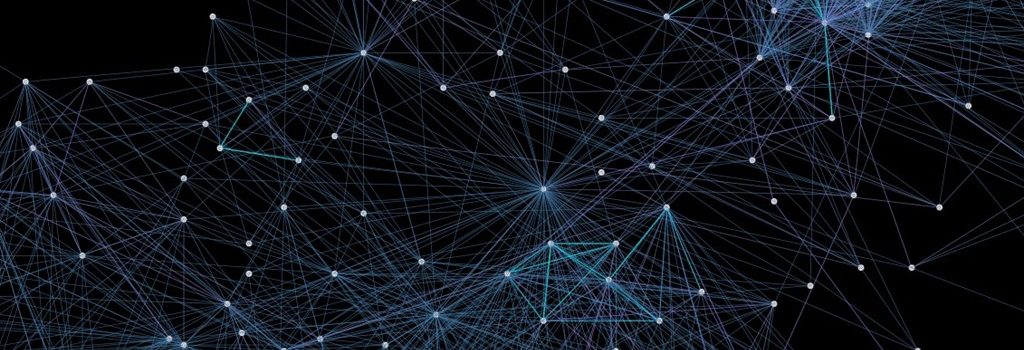As we pass the first anniversary of the start of the most recent tech hype tsunami (farewell NFTs, we hardly knew ye), it’s starting to become a little clearer how many enterprises might start their journey with Generative AI – and it’s in areas that are the traditional domain of the CIO, rather than the CDO. So, does that mean that the CDO role will be sidelined in the rush to GenAI? Or should the CDO suit up and go head-to-head with the CIO to lay claim to this growing area? Can we expect a CDO-CIO Rumble in the Jungle?
AI
The Great SQL bot Bake Off: Comparing the big LLM beasts on SQL code generation
A side-effect of all the time I spend breathing the rarified alpine air of the CDO community is that my SQL skills have become rather rusty. So I’ve been intrigued by the idea of using the code-generation capabilities of tools like ChatGPT and Bard to write SQL for me. But how good is the current crop of LLMs at creating SQL code that not only works, but generates the insight you’re actually looking for? I decided to find out.
Demystifying Data Science, Part III: Data Wrangling
Ask any Data Scientist and they will tell you that the process of ‘wrangling’ (loading, understanding and preparing) data represents the lion’s share of their workload – often up to as much as 80%. However, that number is not as alarming as it may at first seem. To understand why, let me tell you about my living room.
Read moreDemystifying Data Science, Part III: Data Wrangling
Does your marketing need a customer graph?
The relentless rise of social networks in recent years has made many marketers familiar with the concept of the social graph—data about how people are connected to one another—and its power in a marketing context.
Facebook’s social graph has propelled it to a projected annual revenue of around $40B for 2017, driven primarily by advertising sales. Advertisers are prepared to pay a premium for the advanced targeting capabilities that the graph enables, especially when combined with their own customer data; these capabilities will enable Facebook to snag over 20% of digital ad spend in the US this year.
Partly as a result of this, many marketers are thinking about how they can exploit the connectedness of their own customer base, beyond simple “refer a friend” campaigns. Additionally, it’s very common to hear marketing services outfits tack the term graph onto any discussion of user or customer data, leading one to conclude that any marketing organization worth its salt simply must have a graph database.
But what is a graph, and how is it different from a plain old customer database? And if you don’t have a customer graph in your organization, should you get one?



